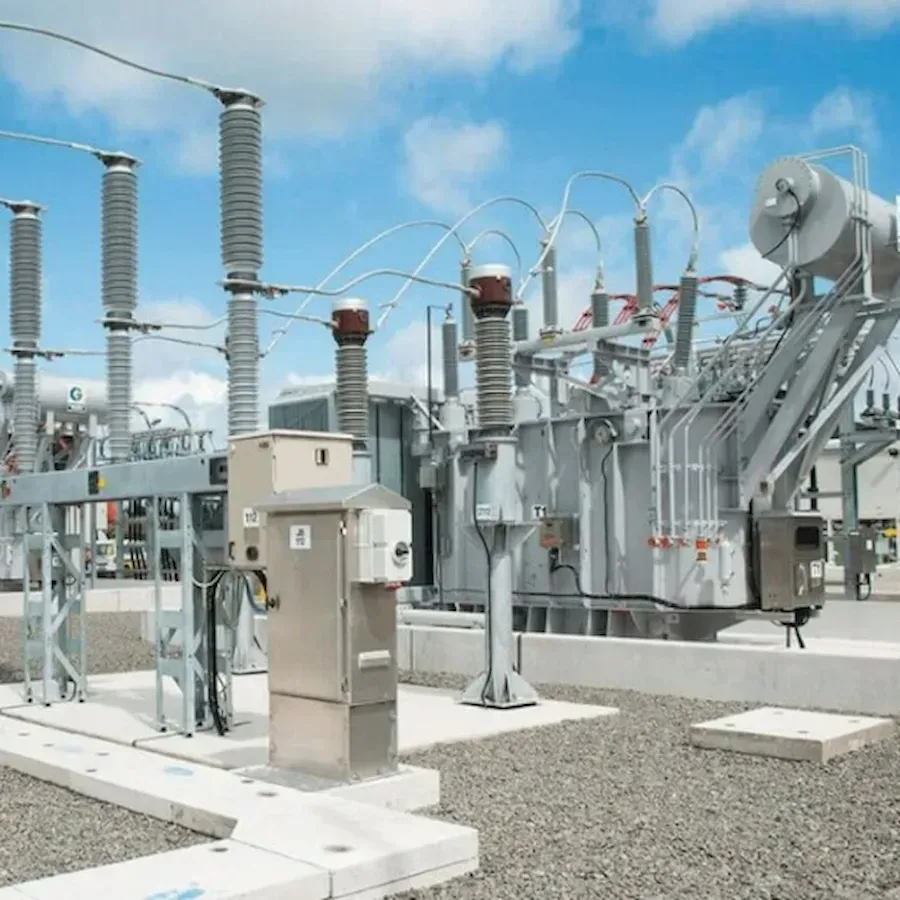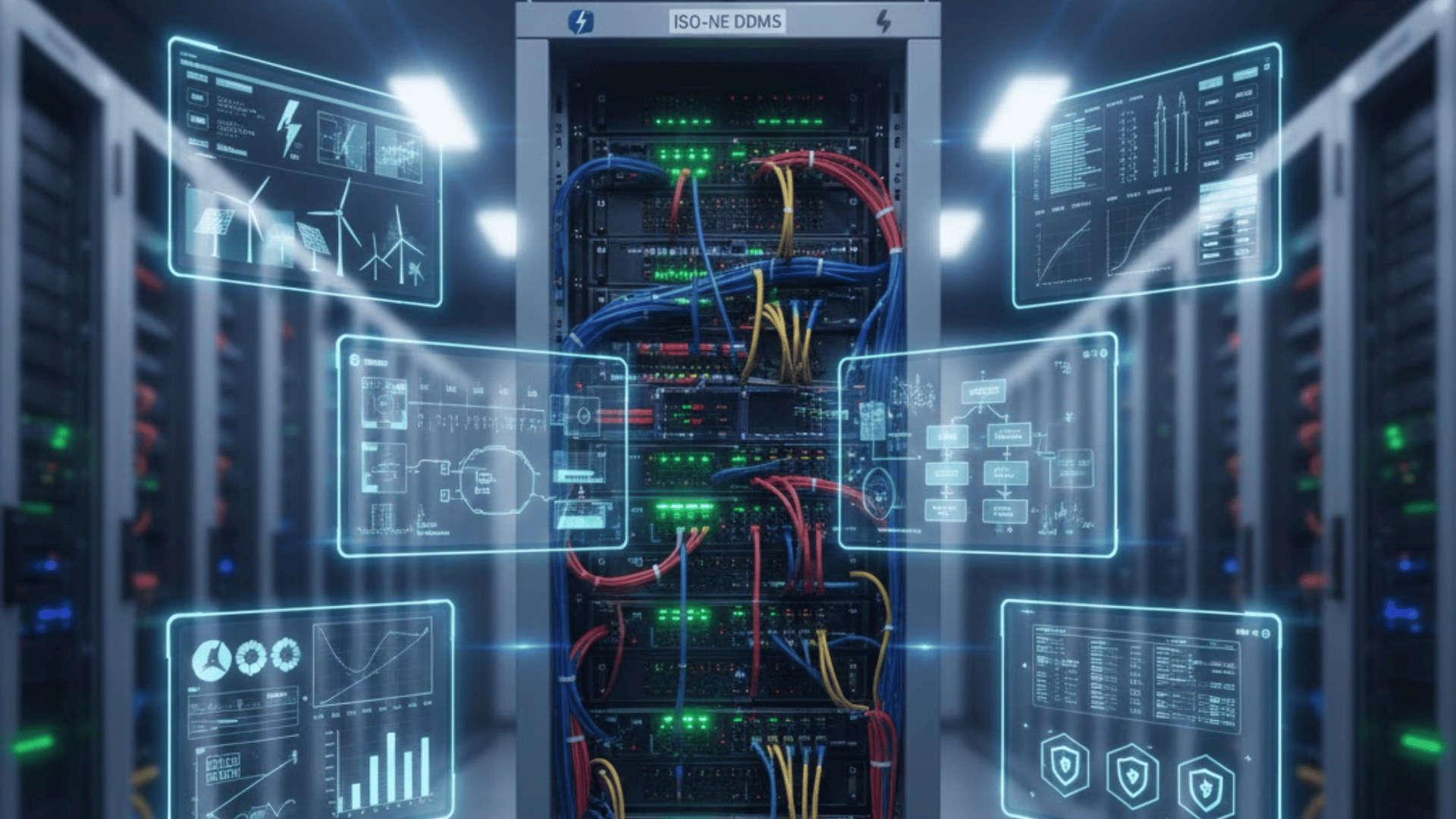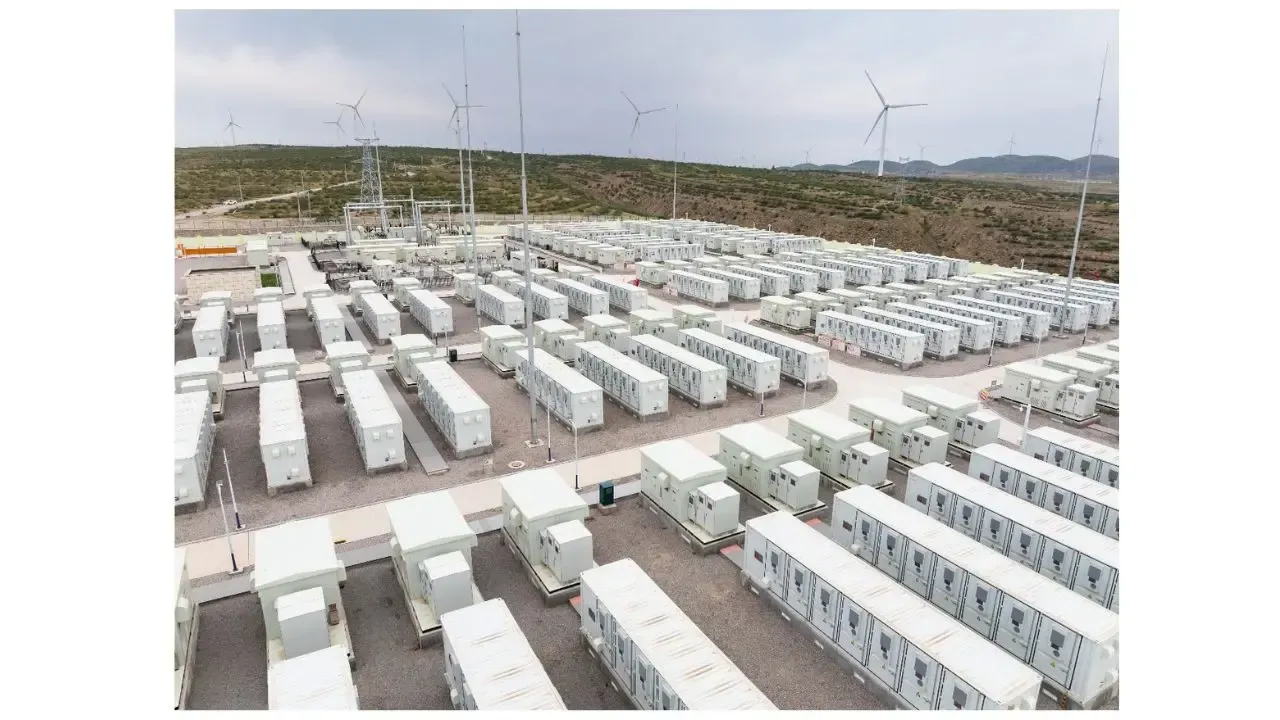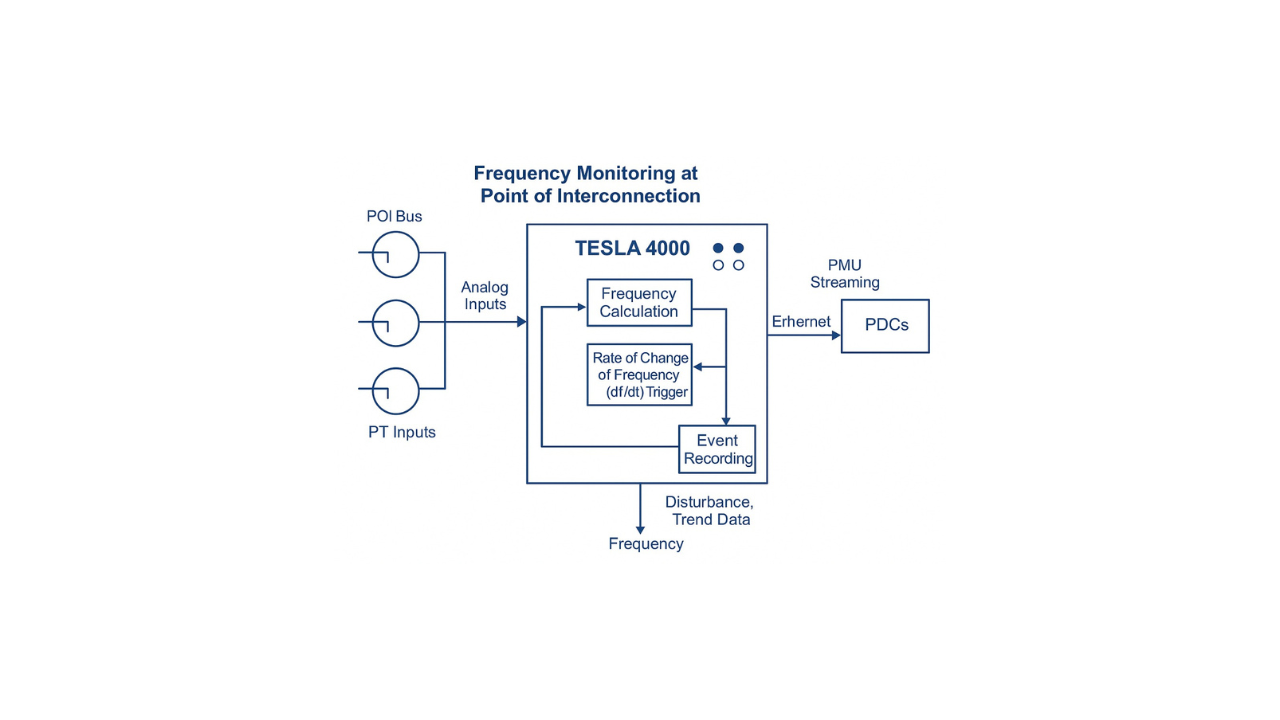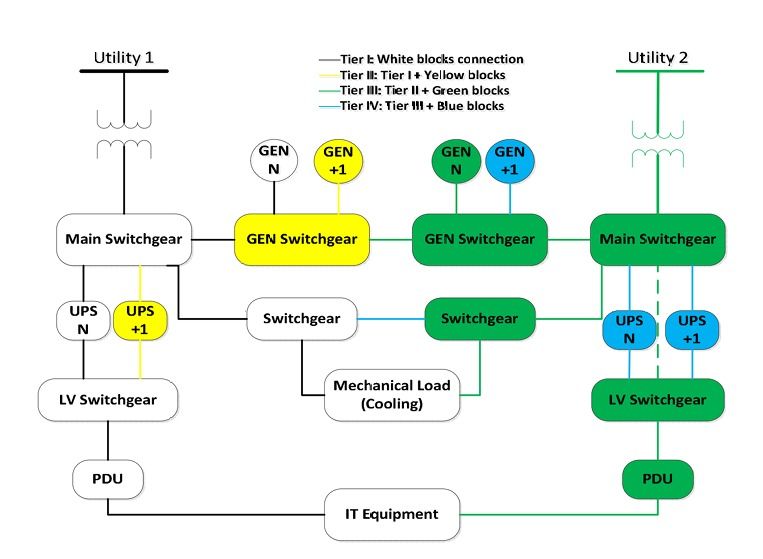A Coordinated Electric System Interconnection Review—the utility’s deep-dive on technical and cost impacts of your project.
Load Forecasting for BTM DERs: Smart Energy Management Solutions
May 8, 2025 | Blog
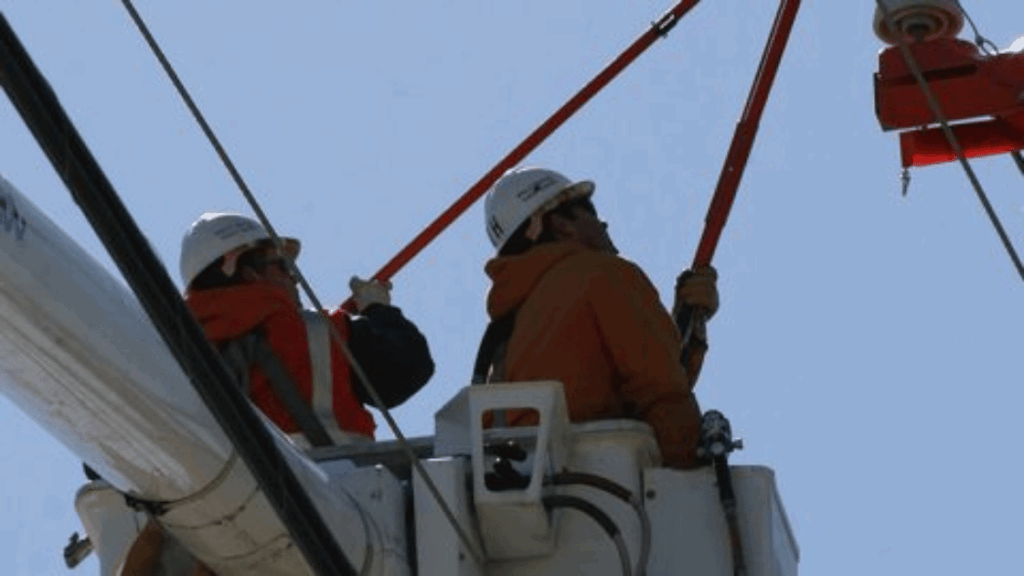
As the global energy landscape rapidly transforms, Behind-the-Meter (BTM) Distributed Energy Resources (DERs)—including rooftop solar PV, battery energy storage systems (BESS), and EV chargers—are reshaping how utilities manage load forecasting and grid operations. At Keentel Engineering, we translate cutting-edge research into scalable, AI-driven solutions that empower utilities, developers, and system operators to:
- Achieve 90%+ forecasting accuracy for net load
- Detect anomalies like cryptomining or indoor agriculture loads
- Integrate customer-sited DER data into Advanced Metering Infrastructure (AMI) analytics
- Enhance grid stability, demand response, and energy market optimization
Why BTM DER Load Forecasting Matters
BTM DERs serve on-site loads and often bypass traditional utility metering, introducing uncertainty and variability into distribution networks. Accurate forecasting is essential for:
- Grid stability during peak solar output or EV charging events
- Energy market optimization via precise demand bids
- Distribution planning & operation to avoid overloads
- Cybersecurity & anomaly detection to flag irregular consumption
Integrating Smart Grid Data and Renewable Energy Profiles
Modern forecasting must blend renewable energy sources, supply-chain impacts, and customer behavior. Keentel’s models incorporate:
- High-resolution AMI load profiles
- Weather-driven PV generation forecasts
- Battery energy storage systems charge/discharge cycles
- Non-Intrusive Load Monitoring (NILM) for appliance-level insights
- Cyber-secure data pipelines to protect customer privacy
Keentel’s AI-Based Forecasting & Anomaly Detection
Leveraging ML, DL, and LLM frameworks, we deliver:
- Short-, medium- & long-term load forecasting using hybrid ARIMA-LSTM models
- Anomaly detection on smart meter data to spot high-draw events (e.g., bitcoin mining)
- Custom forecasting pipelines integrating PV-BESS-EV system parameters
- Real-time analytics via edge-computing for instantaneous grid insights
From Research to Implementation
We adapt academic methods—SVM, ARIMA, LSTM, hybrid neural networks—to real-world deployments:
- PV-BESS-EV Load Forecasting: Captures complex charge/discharge dynamics
- Anomaly Response: Automated alerts when consumption deviates from predicted envelopes
- Model Optimization: MAE/RMSE tuning and cross-validation ensure stability
Frequently Asked Questions – Behind-the-Meter DER Load Forecasting & Anomaly Detection
Q1: What are Behind-the-Meter (BTM) DERs?
BTM DERs—such as rooftop solar PV, battery energy storage systems (BESS), and EV chargers—serve on-site loads without direct utility metering, creating unique forecasting challenges.
Q2: Why is load forecasting for BTM DERs more complex?
Because BTM resources bypass traditional SCADA visibility, they introduce variability, non-linearity, and “invisible” net loads into distribution networks.
Q3: Which predictive models does Keentel Engineering employ?
We leverage ARIMA, LSTM, SVM, and hybrid ML frameworks—augmented with AI-based anomaly detection—to produce short-, medium-, and long-term load forecasts.
Q4: How does Advanced Metering Infrastructure (AMI) enhance forecasting accuracy?
High-resolution AMI time-series data enables pattern recognition and fine-grained load prediction, feeding our ML models with granular customer behavior.
Q5: What is Non-Intrusive Load Monitoring (NILM), and why is it important?
NILM disaggregates aggregate meter reads into individual appliance signatures—refining forecast precision for HVAC, EV charging, and PV export patterns.
Q6: How are anomalies in DER performance detected?
By continuously comparing actual consumption against forecast envelopes and applying statistical thresholds (e.g., Z-scores, MAE) or classification algorithms to flag outliers.
Q7: Can your forecasting solutions operate in real time?
Yes. With edge computing integration and AMI feeds, our AI models support near-real-time net-load prediction and anomaly alerts.
Q8: What role do Large Language Models (LLMs) play in your framework?
LLMs accelerate pattern recognition across massive datasets, improving anomaly classification and enabling adaptive, self-learning forecast pipelines.
Q9: How does inaccurate BTM forecasting impact the grid
Poor forecasts can lead to grid instability, misallocated demand response dispatch, inefficient market bidding, and potential cybersecurity vulnerabilities.
Q10: How do high-draw applications (e.g., indoor agriculture, crypto mining) affect forecasting?
Irregular, high-intensity loads appear as anomalies; our ML detectors isolate and classify them, preventing skewed forecasts.
Q11: What’s the difference between Front-of-Meter (FOM) and BTM forecasting?
FOM assets are grid-scale and metered upstream; BTM resources serve local loads and often lack direct utility visibility, requiring specialized DER integration techniques.
Q12: Do you support EV charging integration into load forecasts?
Absolutely. We model EV charging profiles to predict peak demand windows, optimize grid impact, and inform demand-response strategies.
Q13: How are anomalies validated and triaged?
We employ multi-algorithm cross-checks, thresholding, and human-in-the-loop review to confirm true events versus data noise.
Q14: Can your models accommodate mixed customer types?
Yes—our hybrid forecasting architecture scales across residential, commercial, and industrial BTM DER deployments.
Q15: How is customer privacy maintained in AMI analytics?
All data streams are anonymized, encrypted, and handled under strict cyber-security protocols to safeguard end-user confidentiality.
Q16: Does improved load forecasting help reduce distribution congestion?
Yes—accurate forecasts enable better demand response, optimized battery dispatch, and proactive network management.
Q17: Is your solution scalable for regional or national utilities?
Certainly. Our modular framework integrates with existing EMS/SCADA platforms and adapts to any AMI penetration level.
Q18: Do you incorporate weather and renewable generation forecasts?
We feed real-time and forecasted meteorological data into PV and load models, improving prediction fidelity.
Q19: Can Keentel’s tools integrate with my Energy Management System (EMS)?
Yes. We provide RESTful APIs and custom connectors for seamless EMS, DMS, or ADMS integration.
Q20: How can I get started with Keentel’s BTM DER forecasting?
Contact us for a site-specific assessment and roadmap: Schedule a Consultation.
Case Study: Smart Load Forecasting for a Solar + BESS Community
Client: Midwest Utility
Challenge: 70% residential PV + BESS adoption created “invisible” net loads.
Solution: Deployed hybrid LSTM + SVM forecasting integrated with transformer current data; anomaly detection flagged high nighttime crypto loads.
Outcome:
- 90%+ accuracy (RMSE < 5%)
- Early detection of two anomalous sites
- Optimized local demand response and BESS dispatch plans
Related Services
Utility-Scale BESS Engineering — End-to-end design and integration of grid-connected battery systems.
Power System Studies — Comprehensive load flow, stability, and contingency analysis for DER-rich networks.
Read More Info

About the Author:
Sonny Patel P.E. EC
IEEE Senior Member
In 1995, Sandip (Sonny) R. Patel earned his Electrical Engineering degree from the University of Illinois, specializing in Electrical Engineering . But degrees don’t build legacies—action does. For three decades, he’s been shaping the future of engineering, not just as a licensed Professional Engineer across multiple states (Florida, California, New York, West Virginia, and Minnesota), but as a doer. A builder. A leader. Not just an engineer. A Licensed Electrical Contractor in Florida with an Unlimited EC license. Not just an executive. The founder and CEO of KEENTEL LLC—where expertise meets execution. Three decades. Multiple states. Endless impact.
Services

Let's Discuss Your Project
Let's book a call to discuss your electrical engineering project that we can help you with.

About the Author:
Sonny Patel P.E. EC
IEEE Senior Member
In 1995, Sandip (Sonny) R. Patel earned his Electrical Engineering degree from the University of Illinois, specializing in Electrical Engineering . But degrees don’t build legacies—action does. For three decades, he’s been shaping the future of engineering, not just as a licensed Professional Engineer across multiple states (Florida, California, New York, West Virginia, and Minnesota), but as a doer. A builder. A leader. Not just an engineer. A Licensed Electrical Contractor in Florida with an Unlimited EC license. Not just an executive. The founder and CEO of KEENTEL LLC—where expertise meets execution. Three decades. Multiple states. Endless impact.
Leave a Comment
We will get back to you as soon as possible.
Please try again later.
Related Posts


